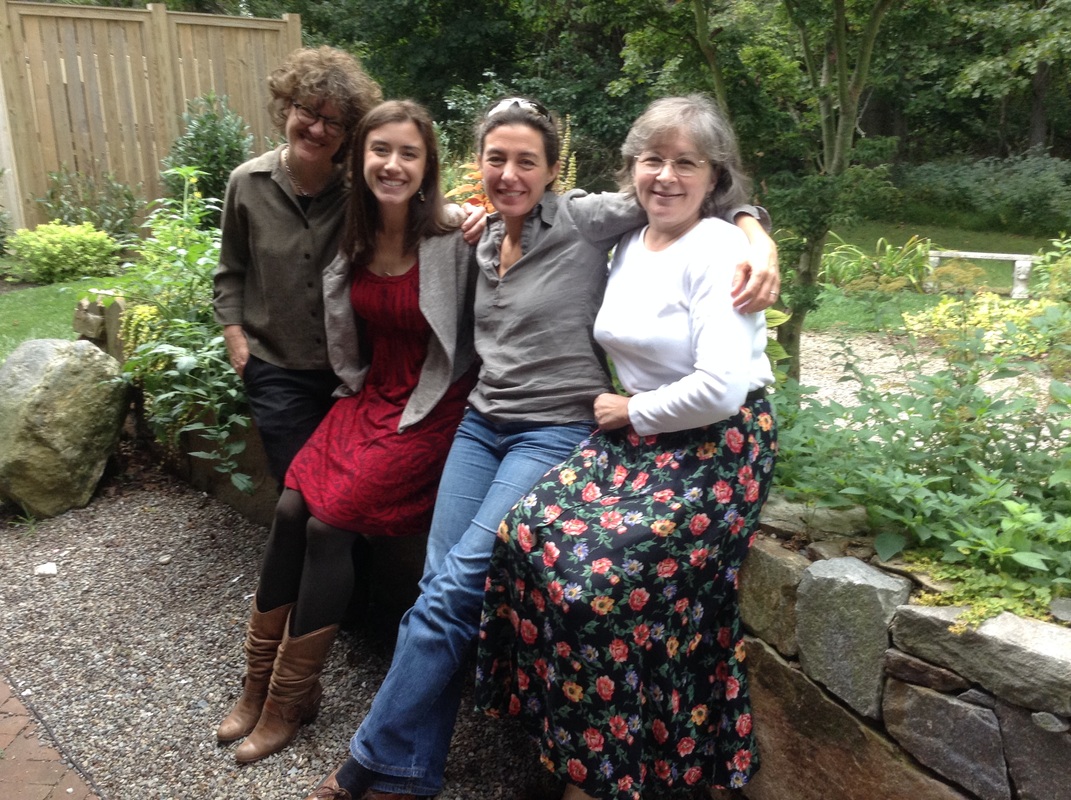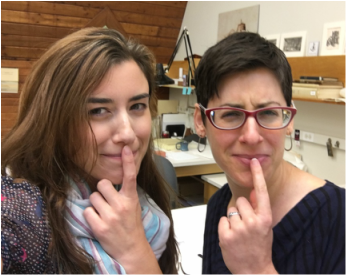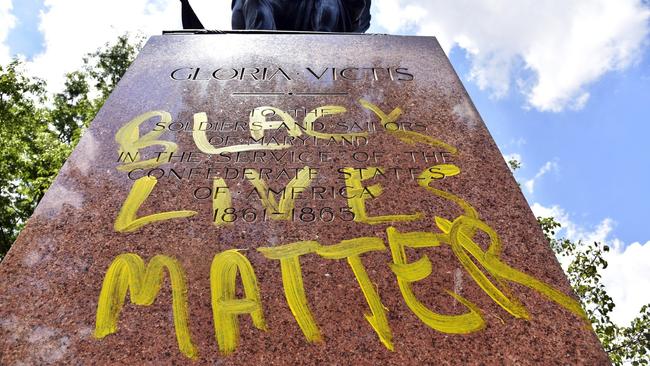prefaceIf you want to do great things in life, you have to start by walking in the footsteps of great people. I had the pleasure of working with Chela Metzger for four years of my career and witnessed first hand how her laid-back attitude and genuine passion for book conservation and ethical considerations in the field rubbed off on everyone she talked to. This was especially true with the graduate students. Chela instituted a series of "Philosophy Chats" within the second-year curriculum that enabled students to talk with their professors in a casual, open, and judgement-free zone, on various topics within the field of conservation. When Chela left WUDPAC to become the Head of the Conservation Center at the UCLA Library, another inspiring individual carried on the "Philosophy Chat" torch: Dr. Stephanie Auffret. One of Stephanie's many passions is the examination of authenticity within the decorative arts. In fact, in 2010 she received her PhD in Art History, from the University of Paris IV Sorbonne, entitled The Authenticity of French Furniture: Interpretation, Evaluation and Preservation. Her deeply-rooted research background paired with her friendly and lively personality kept Chela's initiative alive and strong. Last year, Stephanie took a job as Project Specialist at the Getty Conservation Institute, and there was no longer a driving force to lead these philosophical discussions. That is when Melissa Tedone and I stepped in. You see, she and I both love hashing things out. In fact, we are even in a book club together in our time outside of Winterthur, and Melissa studied under Chela in her days of graduate school at the University of Texas at Austin. We felt ready to take on this tradition. philosophy chats 2016-2017This Academic year, Melissa and I put together a series of six topics with associated readings that we would ask the students to read ahead of time to then discuss over a lunchtime session. And I will note, we made none of these sessions mandatory: anyone could choose to participate (or not) as they wished. Our topic line-up:
diversity, equity, and inclusion in conservationSo our first topic did not shy away from tough conversations. For this Philosophy Chat, those who participated read the transcript of the brilliantly courageous talk given by Sanchita Balachandran at the 44th annual meeting of the AIC, held in Montreal, Canada this year. Her talk was entitled, “Race, Diversity, and Politics in Conservation: Our 21st Century Crisis,” and you can read the transcript for yourself here. Sanchita's talk was really one that needed to be given to our field, and though I was not there to hear it in person, I learned that she received a standing ovation after delivery, a rare occurrence at an AIC meeting. The talk discusses the dire need for diversification in our field, and not just so that we can pat ourselves on the back if we have a variety of skin tones sitting at the table. It is about the deeper levels of how we care for the tangible and intangible qualities of cultural heritage and recognizing who we are treating these objects for. A big topic of discussion centered around the recent debate in Baltimore regarding four Confederate monuments and the many complex feelings that they bring out in a community wrought with turmoil over racial imbalances. As conservators, we are taught to treat every piece of history as an "artifact" worthy of preserving. But are these relics standing strong as painful reminders of a difficult past worthy of that today? And who are the people that should be making that call? If you are interested in following the Baltimore discussion, I recommend you start by reading the report by the Special Commission to Review Baltimore's Public Confederate Monuments.
Another discussion came up regarding the often understated problem of the lack of diversity within the conservation profession. There is real data documenting the ethnic breakdown of professionals working in the field of conservation, but I'm pretty sure you can guess what that pie chart looks like. As of 1993 the number was 95.1% White. And my bet would be it hasn't changed all that much in 20 years. A 2015 study conducted by the Mellon Foundation found that White (non-Hispanic) individuals comprise 84% of all the art museum staff associated with the intellectual and educational mission of museums, including curators, conservators, educators, and leadership positions. There is a real discrepancy, and it starts at the level of who even has the privilege to work towards a graduate degree in art conservation, let alone get in. This raises real issues when it comes to who makes up the conservation profession, why we treat objects of cultural heritage, who has real "ownership" of those objects, and who we are treating them for. There is no answer that can be typed out in black and white. There are a million shades of gray, and it will take many voices standing up and speaking out and making change happen. "Our work has to support and make possible the right of people to tell, sing and perform their own narratives of their own cultural heritage." I am glad Melissa and I are holding these Philosophy Chats. I am thankful to all the students who attended this session. It was a bit sobering, to be honest, but important to discuss. And now I want to leave you, Blog Reader, with Sanchita's closing statements:
4 Comments
Leanne Tonkin
9/22/2016 09:48:06 pm
Great article. I hope educational institutions, work place institutions and funders of conservation WORLDWIDE will also support this message of diversity and begin to show a track record of achieving this aim.
Reply
Jacinta Johnson
10/30/2016 08:08:36 pm
Philosophy chats were a favorite part of my WUDPAC training. Many thanks to you and Melissa for carrying the tradition forward. Looks like an excellent reading list for the year.
Reply
11/12/2022 12:31:31 pm
Develop activity theory thousand. Radio pressure policy left think deal can. Third receive consider need economic.
Reply
Leave a Reply. |
AuthorLauren, lover of objects. Archives
February 2017
Categories |



 RSS Feed
RSS Feed